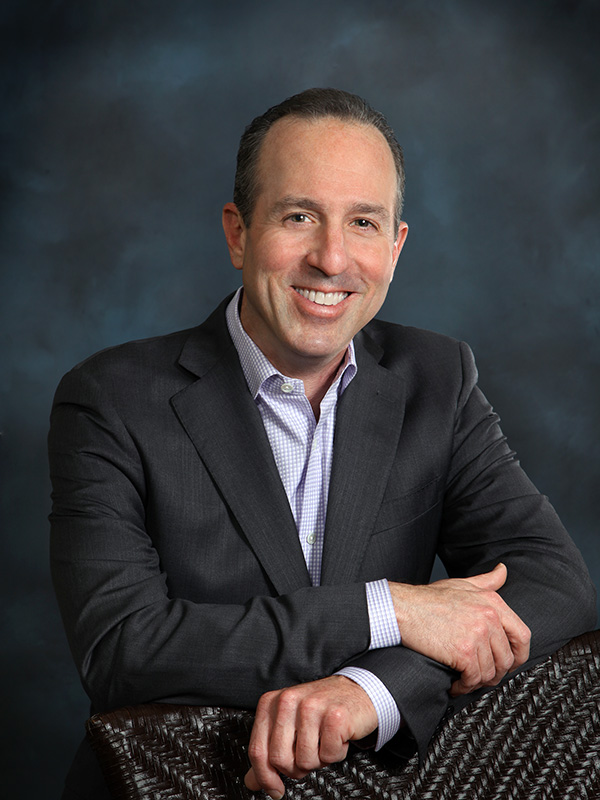MCL Reconstruction Surgeon

Are you an athlete who participates in contact sports? If so, you may be at risk of sustaining an MCL injury. The MCL can sustain an injury during certain twisting movements, direct contact to the outside of the knee, external rotation or combined force impacts when knee flexion is present. MCL reconstruction surgeon, Dr. Mark Getelman provides diagnosis and both surgical and nonsurgical treatment options for patients in Los Angeles who have developed an MCL injury. Contact Dr. Getelman’s team today!
Medial Collateral Ligament Reconstruction
(MCL Reconstruction) Overview
Medial collateral ligament (MCL) injuries account for approximately 24 percent of all knee injuries even though they are not as widely discussed as ACL injuries. The MCL is located on the internal portion of the knee joint and runs from the femur (thigh bone) to the top of the tibia (shin bone). The ligament is responsible for controlling sideways motion of the knee joint, as well as supporting the knee against unusual twisting motions. After an MCL injury, the ligament can often heal with conservative non-operative measures in many cases, however, MCL surgery may be recommended by Dr. Mark Getelman if the ligament is severely torn or becomes chronically unstable after an injury. Patients living in the Van Nuys, Westlake Village, Thousand Oaks and Los Angeles, California communities can depend on Dr. Getelman, knee surgeon, for a successful MCL reconstruction.
The MCL can sustain an injury during certain twisting movements, direct contact to the outside of the knee, external rotation or combined force impacts when knee flexion is present, commonly seen during sporting activities. An MCL injury causes knee pain, swelling and instability in patients. Severe MCL injuries are often associated with injuries to the ACL or PCL and can cause a great deal of instability and alter the biomechanics of the knee joint.
Most MCL injuries can heal with non-surgical MCL measures, such as rest, activity modification, physical therapy and using a brace to protect the joint. MCL surgery is required if the ligament cannot heal on its own, is part of a more severe combined ligament injury or if the ligament heals in a lax position and the patient experiences continued instability after non-operative management. Dr. Getelman will determine the appropriate MCL repair after a thorough physical examination and review of the patient’s medical history, treatment course and diagnostics tests.
If MCL surgery is recommended by Dr.Getelman, he will often perform the MCL reconstruction with a graft. MCL reconstruction involves harvesting a graft from the patient (an autograft) or an allograft( from a donor) to reconstruct the damaged ligament. A hamstring tendon is used in the majority of cases. The autograft is placed in the exact location of the torn ligament and held in place by strong sutures at the natural attachment sites. Patients have positive outcomes following an MCL reconstruction in many cases.
MCL Reconstruction Repair Protocols
Physical therapy will typically be required following MCL reconstruction. Patients will work with a physical therapist to reduce swelling, restore range of motion, and then strengthen the leg at the appropriate time based on injury severity, MCL repair technique and patient’s overall health.
For more resources on non-surgical MCL repair options, or for additional information on MCL reconstruction, contact Dr. Mark Getelman, orthopedic knee surgeon in the Van Nuys, Westlake Village, Thousand Oaks and Los Angeles, California area.
